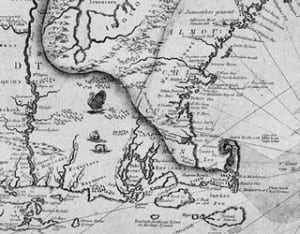the History of Debtors Prisons and Why It is Important to You (3 of 3)
Debtors Prisons In Early American History Debtor’s Prisons existed in the United States dating from the beginning of Colonization to 1850. Numerous important early political figures were incarcerated throughout the history of debtors prisons, most likely giving the Founders a perspective on the ills of the debtor prison system. William Morris, one of the signors of the Declaration of Independence, was imprisoned from 1798-1801 in a debtors’ prison in Washington, DC. One of his more regular visitors was George Washington. James Wilson, another signor of Read More +


